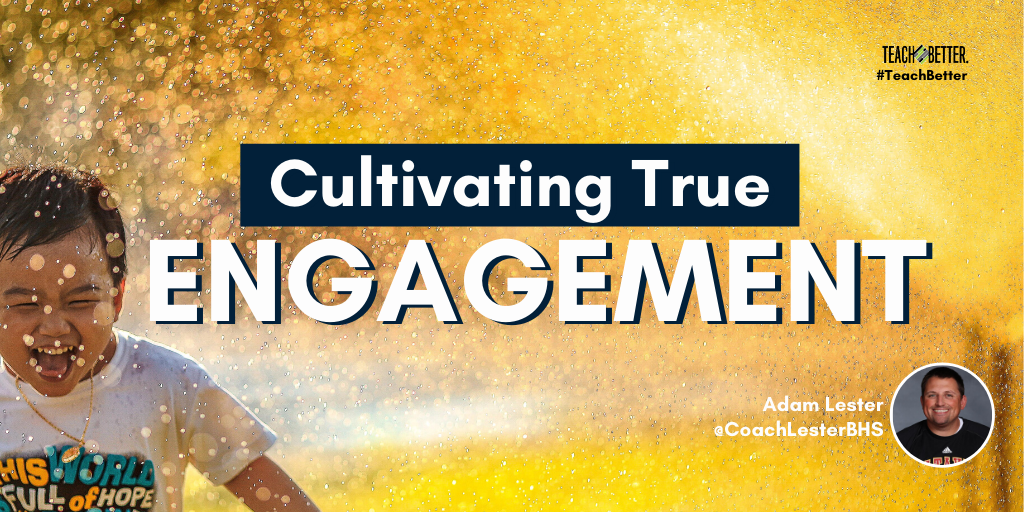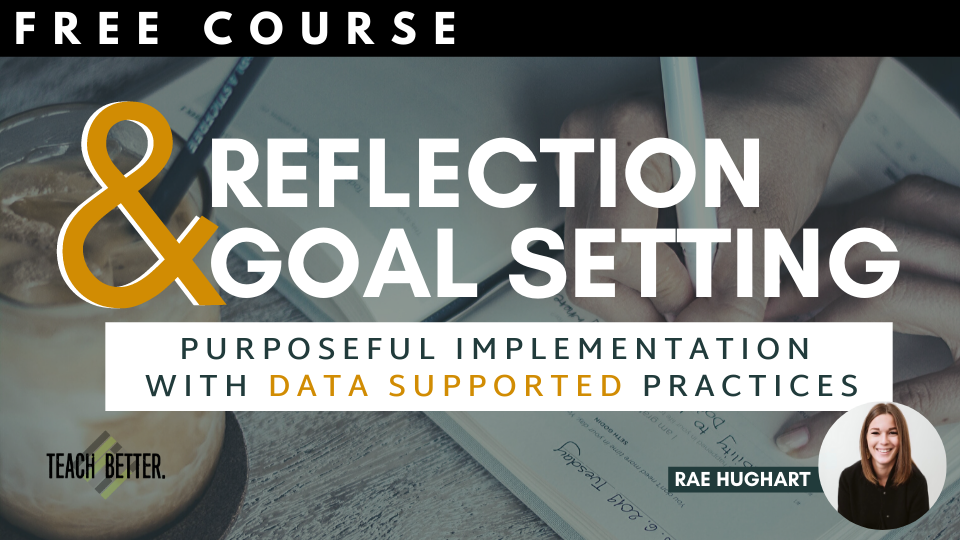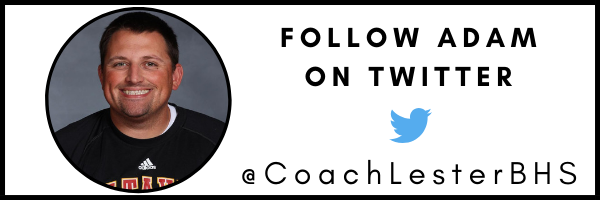TL;DR:
- What do you do with students who just aren’t motivated?
- A look at some motivation theory and its relation to engagement.
- The key to engagement revealed!
The Kids Just Sit There…
Student engagement in their own learning process is an ever-elusive goal for a vast majority of educators with whom I interact. Too often, teachers and their classes are mired in a sea of the following quotes.
- Just tell me to do to get an A
- Am I doing this right?
- Can you read this and tell me if I’m doing it right?
- I don’t know, can you just tell me what to put?
We all hear these phrases daily, but it’s not the students’ fault. We have trained students to be like this. All of their lives, our students have had assessment done to them, not with them. We have conditioned them to believe that they must sit back while judgment is passed on their work without their input.
Students take a test, produce a product, write something, say something . Then, students must wait for the teacher to tell them how good (or not good) their learning is. That learning is usually quantified with an arbitrary number of points or as a number with a percent sign behind it. Our students view their learning as something that can be reduced to a symbol or number, but only by a teacher.
Teachers would get frustrated with an administration expecting all teachers of a grade-level team to teach the same material in the same way on the same schedule. So why would we expect our students to learn like that? Click To Tweet“How do I motivate my students?”
One of my all-time favorite books is Drive by Daniel Pink. The author synthesizes years of motivation research into three main factors influencing a person’s motivation: autonomy, mastery, and purpose.
Our current model of assessment disregards student autonomy, or our desire to be self-directed. It might focus on mastery, the urge to get better skills. But if students don’t see purpose, the meaning or value behind doing something important, then they will become passive in their learning.
When faced with apathetic and disengaged students, teachers will often resort to extrinsic rewards and punishments. These carrots and sticks may provide short-term results. However, Pink suggests that carrots and sticks don’t build long-term engagement and may actually reduce student interest in learning. This belief is supported by the research of Alfie Kohn among others.
If Pink is correct that carrots and sticks don’t improve motivation for people engaging in higher-order thinking tasks, what can educators do to allow students to engage in their own learning?
Choice: The Key to Engagement
The first, and easiest, way to do this is by allowing students choice in how and when they demonstrate their learning. Teachers can allow students to demonstrate the essential skills of a class in a number of ways.
Teachers would get frustrated with an administration expecting all teachers of a grade-level team to teach the same material in the same way on the same schedule. So why would we expect our students to learn like that?
The amount of resources that are available on personalized learning has exploded in the past five years. When given the opportunity to explore their passions and express themselves, most students will rise to the challenge. Some students may struggle with this newfound freedom, but it’s important to remember that they aren’t given this freedom often.
Students need time, opportunity, and safety to explore and experiment with their own learning. It’s time to give up some of the assessment power in the classroom and put it back into the hands of students.
Reflection: A Path to Better
While giving students the chance to own their learning is an important step, it can quickly falter without also allowing for opportunities for reflection and goal setting. Students don’t get the chance to think about their thinking and reflect on how they can get better at it.
Unfortunately, I’ve seen “reflection” used as a means to shame students for their lack of executive functioning skills. We must work to teach students that their academic behaviors and learning are skills that can be improved, just like reading, writing, and arithmetic. Simple questions can lead to insightful conferences with students about their learning.
Some of my favorites that I always default to are:
- What did you do well in this work?
- What do you need to do better next time?
- How can I better support you the next time you do something like this?
- What resources will you need to be more effective?
While these questions are seemingly straightforward, they require students to analyze their own learning and evaluate their own effectiveness. This type of thinking may be a challenge to students since they don’t get asked to do it. Again, they need time, opportunity, and safety to do so.
All the teachers I’ve worked to implement more choice and reflection have seen positive changes in student engagement and quality of work. The work to do this isn’t quick or easy, but it is worth it.
[scroll down to keep reading]About Adam Lester
Adam Lester in an Instructional Coach and English teacher at Batavia High School in Batavia, Illinois. He is his 5th year at Batavia and his 12th year in education. Adam is passionate about helping teachers improve their practice, and student learning through on-going, strength-based instructional coaching.
He has spent years learning about and presenting on improved, healthy, and emotionally-safe grading and assessment practices. Adam is currently learning all about student-choice reading and book clubs in his English 2 class at Batavia. He spends his nights and weekends being a dad to Lincoln (4) and Lennon (3) and a husband to his wife, Sara.




